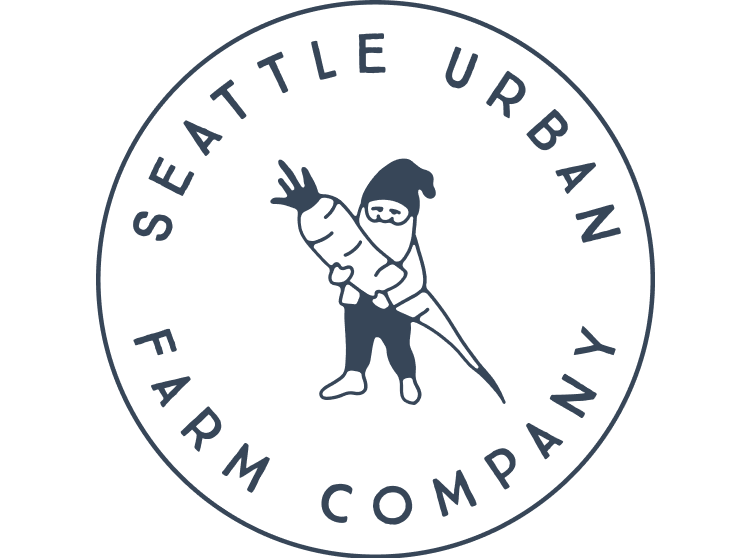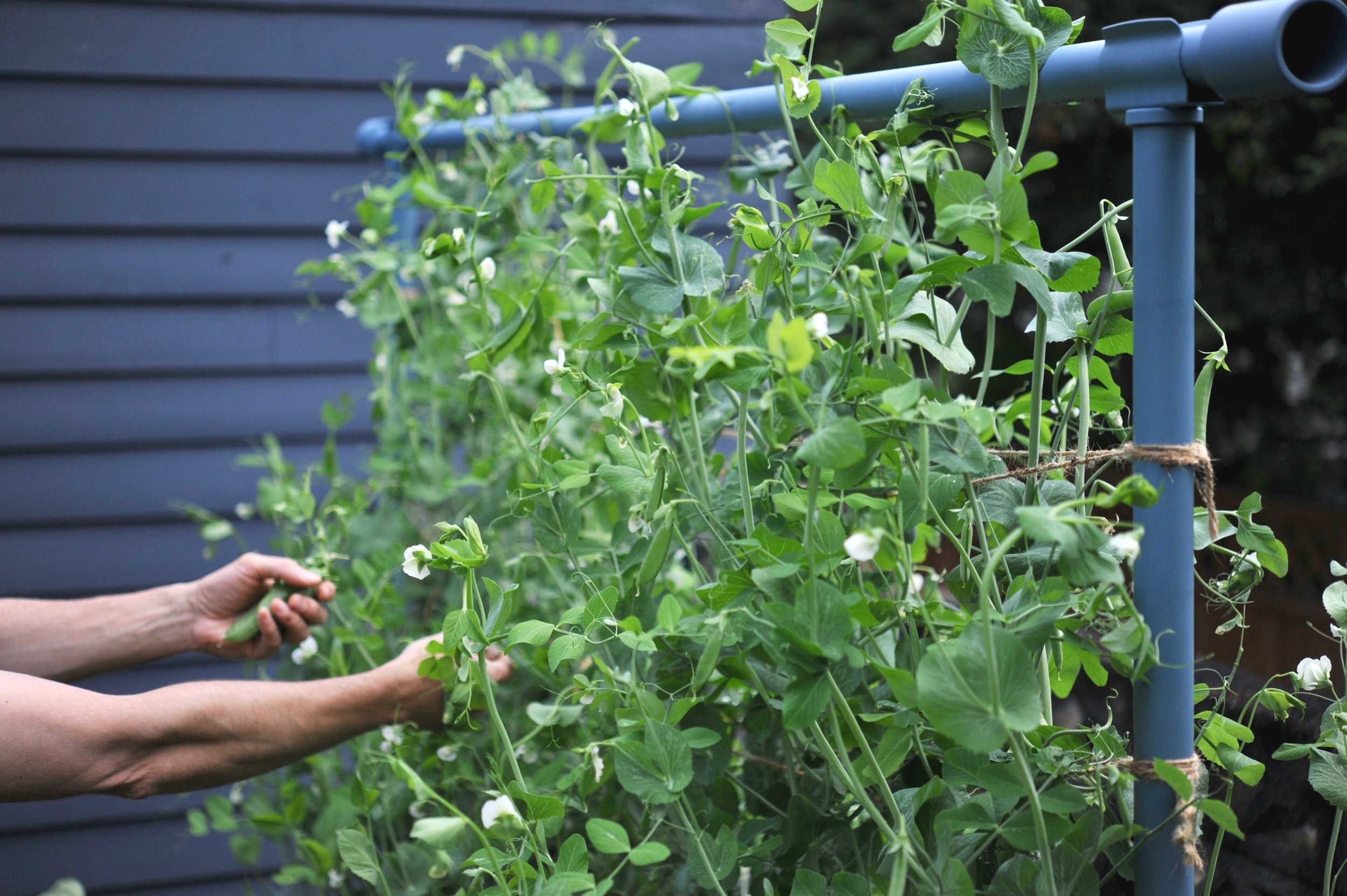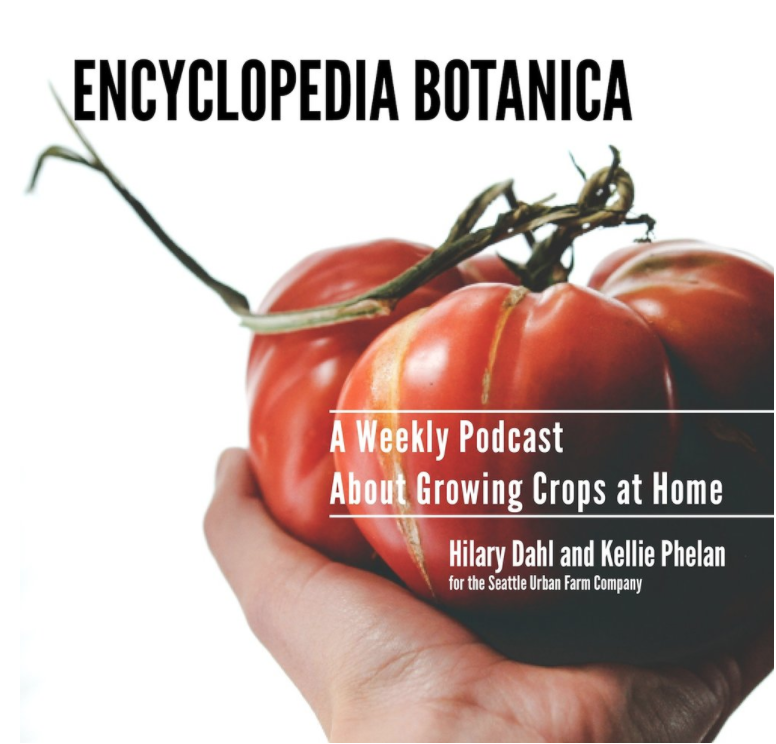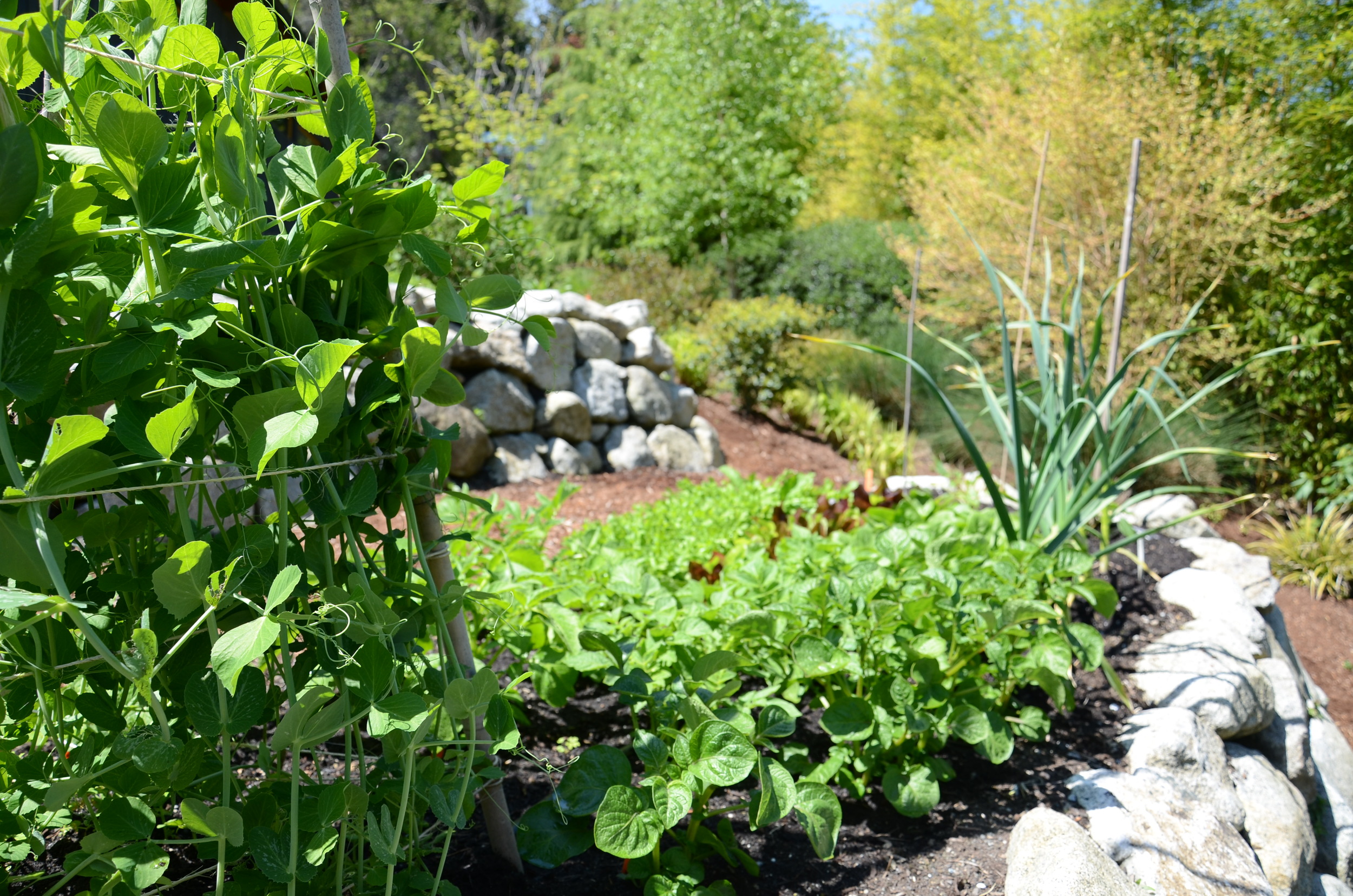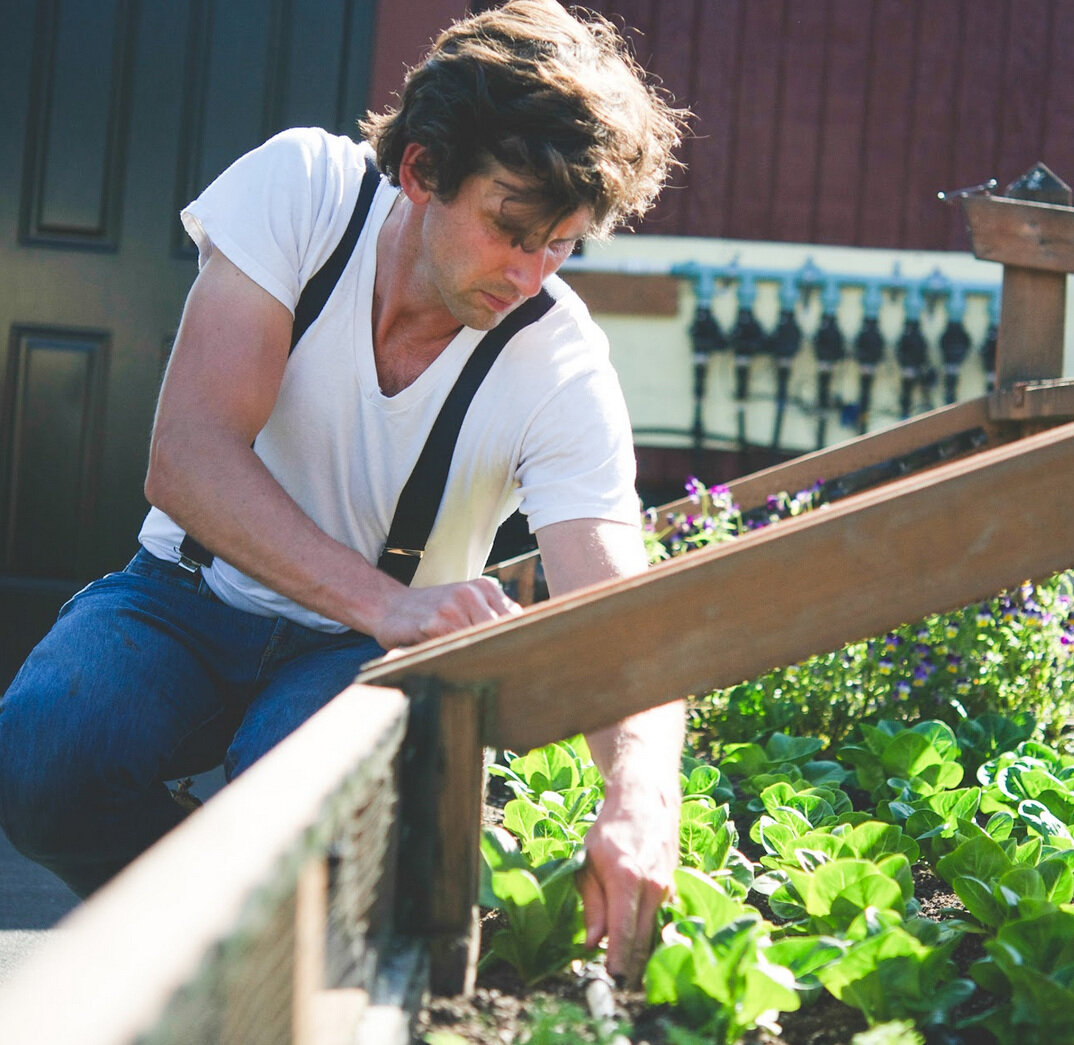We think fresh homegrown peas are reason enough to have your own garden.
HOW TO LISTEN:
Listen right now in your browser by clicking above.
Subscribe in iTunes (or your favorite podcast player) to have our podcasts sent directly to your device.
SHOW NOTES:
In this episode, we discuss:
A few interesting historical facts about peas
Types of garden peas
Planting techniques
Legume inoculant
Growing and harvesting tips
Important Take-aways:
In the 19th century, an Austrian monk named Gregor Mendel used them to develop the principles of genetics. Mendel chose peas because they are fast and easy to grow and easy to cross-pollinate. His observations helped him figure out how hereditary traits are passed from generation to generation. For example, Mendel discovered that, when he crossed a pea plant with a pure white flower and a pea plant purple flower (the parental or P generation), the result was not a blend.
Peas fall into two categories, shelling peas and snap peas. Shelling peas are typically grown to maturity on the vine and then removed from the shell before eating. Snap peas are harvested before they are fully mature on the vine and usually eaten whole with the shell on.
At Seattle Urban Farm Co, we like to start peas indoors, a few trays every week, starting in late January. We start them in plug trays with 72 cells. Since each plant is in an individual cell, they're really easy to transplant out into the garden. It's important to transplant them out when they're about 3-6 inches tall. Once they grow taller than that, they all start to grow together in the flat. If you do happen to have started too many plants you can snip the extra down and eat them! They can be used as a garnish, added to salads, or sauteed!
Peas can also be direct-seeded into a garden
Legume inoculant is Rhizobia bacteria. Simply put, adding extra Rhizobia bacteria to the soil increases the vigor and yield of your pea plants. The bacteria in inoculant also help to capture the nitrogen, that is naturally occurring in the air, and helps make it available for the next round of plants that will grow in that soil
Peas are a climbing crop. Make sure they are in contact with the trellis you have set up for them. We strongly encourage you to tie them up with garden twine throughout the season.
Plan to harvest the peas regularly so the pods do not become overripe and unpalatable.
Varieties we love:
For more information on growing peas check out these useful blog posts from our archives:
PEAS, March 29, 2012
TRAIN YOUR PEAS!, March 28, 2012
FIRST TRANSPLANTS OF THE YEAR, March 3, 2011
HOW TO BUILD A BAMBOO TRI-POD TRELLIS: A PHOTO TUTORIAL, March 10, 2015
